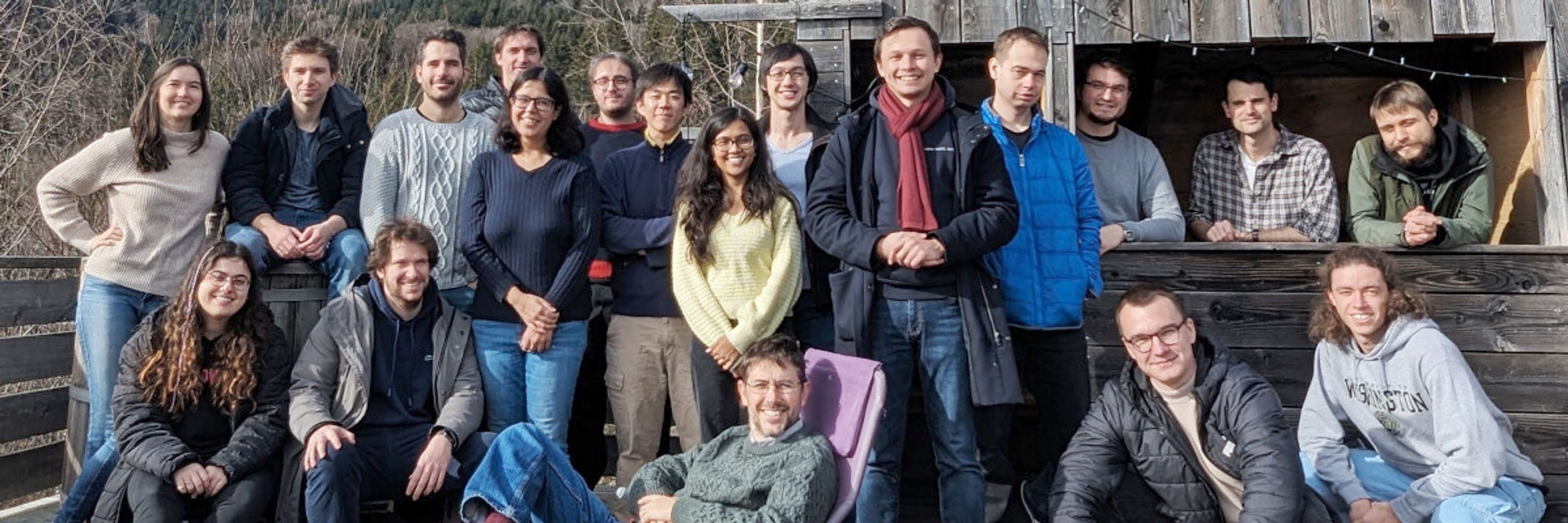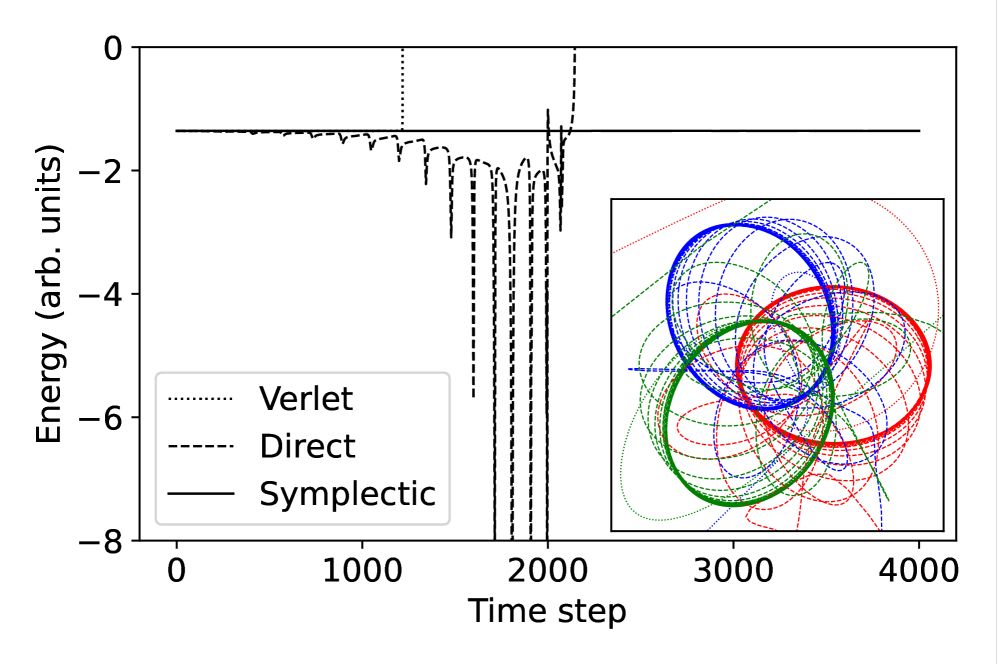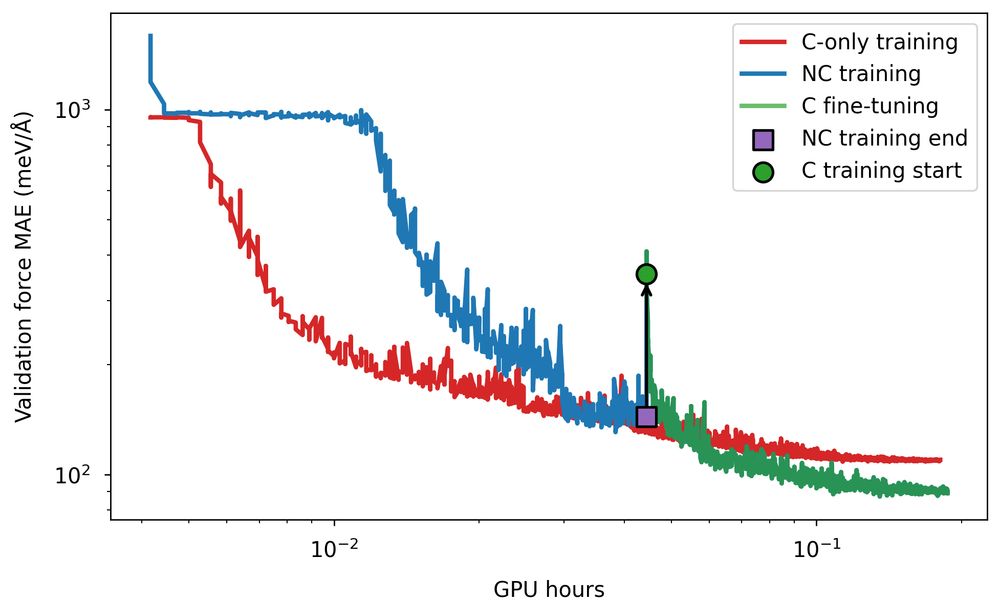COSMO Lab
@labcosmo.bsky.social
1.3K followers
190 following
130 posts
Computational Science and Modelling of materials and molecules at the atomic-scale, with machine learning.
Posts
Media
Videos
Starter Packs
Pinned
Reposted by COSMO Lab
COSMO Lab
@labcosmo.bsky.social
· Aug 27
COSMO Lab
@labcosmo.bsky.social
· Aug 22
COSMO Lab
@labcosmo.bsky.social
· Aug 3





















